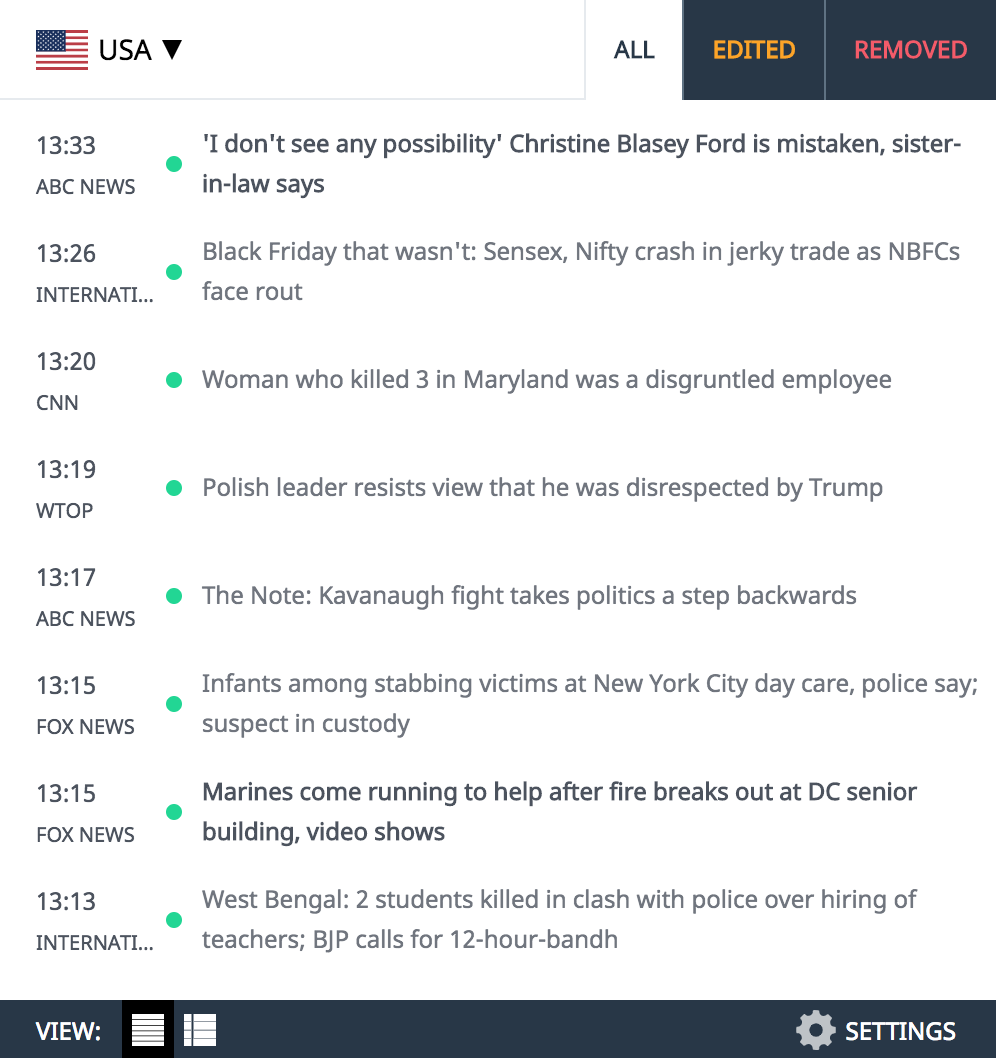CNN —
The California Department of Motor Vehicles Tuesday revoked Cruise’s permits to test and operate fully driverless vehicles on the state’s roads. The California DMV said, in part, it was because Cruise, which is GM’s self-driving vehicle technology subsidiary, withheld video and information about a crash involving a pedestrian.
The suspension applies only to vehicles with no “safety driver,” meaning there is no one in the driver’s seat ready to take over the controls if needed.
The agency also indicated that Cruise had “misrepresented… information related to safety of the autonomous technology of its vehicles.”
For those reasons, the California DMV wrote, it was necessary to revoke the company’s permits. The DMV notice did not specify exactly what incidents or communications from Cruise led to the suspensions.
About three weeks ago, a Cruise vehicle hit a pedestrian in downtown San Francisco who had first been hit by another vehicle then and was propelled by this collision into the path of the Cruise driverless car. After striking the pedestrian a second time, the Cruise vehicle, attempting to pull off the road and out of the way of traffic, dragged the pedestrian along the road for 20 feet at a speed at about seven miles an hour, according to the DMV’s report.
“Our thoughts continue to be with the victim as we hope for a rapid and complete recovery,” Cruise wrote in an emailed statement. A San Francisco Fire Department spokesperson said at the time that victim had multiple serious injuries.
Cruise claims that it proactively reached out both state and federal safety regulators following that incident. Regulators at the National Highway Traffic Safety Administration opened an investigation into the safety of Cruise autonomous vehicles around pedestrians.
The DMV alleges that Cruise did not tell regulators that the car dragged the pedestrian across the roadway while attempting to pull over following the impact. Also, the DMV’s order of suspesions indicates that the video Cruise provided of the incident, taken by the self-driving car’s on-board cameras, stopped shortly after the car hit the pedestrian and did not show the dragging. Cruise did not provide a longer video showing the entire incident until 10 days later, after DMV had learned of the pedestrian being dragged “from another government agency.”
A video of the incident shown to a CNN reporter shortly after it occurred also did not show the pedestrian being dragged.
In a statement shared with CNN on Wednesday, Cruise denied that it had withheld any video from the DMV and said that it shared a full video with the agency when the incident was first reported.
“The DMV has provided Cruise with the steps needed to apply to reinstate its suspended permits, which the DMV will not approve until the company has fulfilled the requirements to the department’s satisfaction,” the agency sad in the notice posted to its web site.
This summer, Cruise and Waymo, the driverless car arm of Google-parent Alphabet received permission from San Francisco regulators to begin regular paid driverless taxi services in that city.
Cruise will continue operations of its driverless fleets in Phoenix, Arizona and Austin, Texas.


